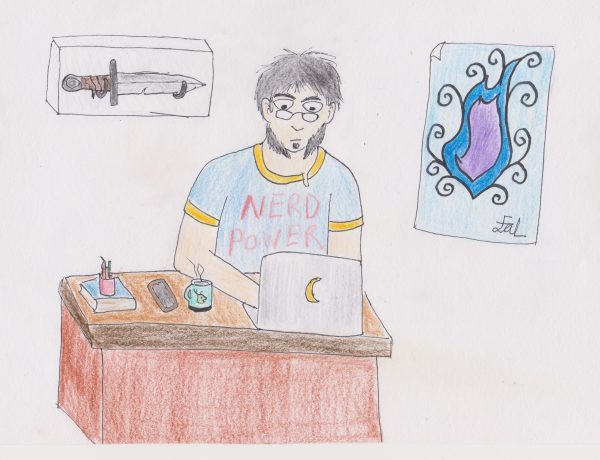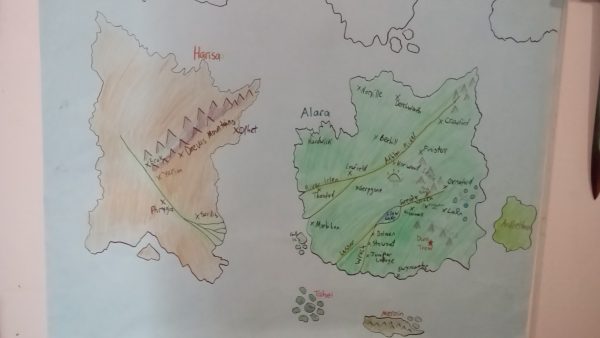And I’m back with another blog post! I know it’s been a while, and I’m sorry for that, but don’t worry; there’s plenty more news coming down the pipeline.
For this promotional tour, I and a group of other authors will be talking about one of the series we’ve published. For me, the series chosen was the Drachengott quartet. What inspired me to write it, and why did I write it in the way I did?
There are a few answers for that. At the time when I wrote it I was just coming off the success of the Fallen Moon and Risen Sun trilogies, which were part of a series which is quite complex – not to mention long. The cast is huge, the plot is – dare I say – epic, and the events of the series take place at various points in no less than thirteen different countries (yeah, it gets bigger as it goes along, trust me). I was in the mood for writing something a little simpler, with a broader audience appeal. Less politics, more magic, and more spectacle. I also wanted to write something less bleak (the first book of The Fallen Moon was rejected by no less than three publishers for being “too depressing”). Something a bit more fun.
At that time I was taking evening classes in German, just for the challenge of it. I’ve always been good with languages and had already learned some German in highschool. So when it came to creating the setting, I thought why not do something a little different and specifically base it on Germany? Thus the place names are German, most of the character names are German, and most of the protagonists explicitly speak German. In the second book, I introduced a couple of French-speaking characters. During the “conceptual” phase I consulted my German tutor to make sure I’d gotten it right, and most of the place names actually have a specific meaning in that language. For example, “Drachenburg” means “dragon castle/fort”. “Zauberwald” means “magic forest”. “Hundberg” means, roughly, “dog mountain”. “Thaler” was a currency used in Germany before the Deutschmark came along. And so on.
Syn the dragon was originally intended to be the main protagonist, and though that didn’t really work out in the end, mostly because I realised Rutger worked better as the (initial) protagonist, she remains the driving force behind the story. It is her visions which show the four protagonists the way to go. But I deliberately left it ambiguous as to whether her visions are an absolutely accurate revelation of the future, or whether they only come true because she obsessively works to make it so. It’s telling that she never really questions whether her visions are real or not, or where they come from. Nobody else can see the future – just her. When the truth is eventually revealed, it all falls into place. There’s a reason why she never questioned her dreams of the future, and it all comes back to the Drachengott, who is easily the most mysterious figure in the series. Whose side is he truly on? What does he actually want? In all honesty, for a long time I wasn’t too sure myself.
I wanted to play with the idea of a prophecy/seer which may in fact be either a lie, or a trap. I also wanted to have a seer character who, not content simply to tell the hero what’s going to happen next and leave it at that, is so determined to make her visions become reality that she will stoop to absolutely anything – even murder. If you read between the lines of the series, Syn does some pretty heinious things behind the scenes and in some respects is probably a lot more evil than the Drachengott himself. But it’s all for the sake of a greater cause… or is it?




